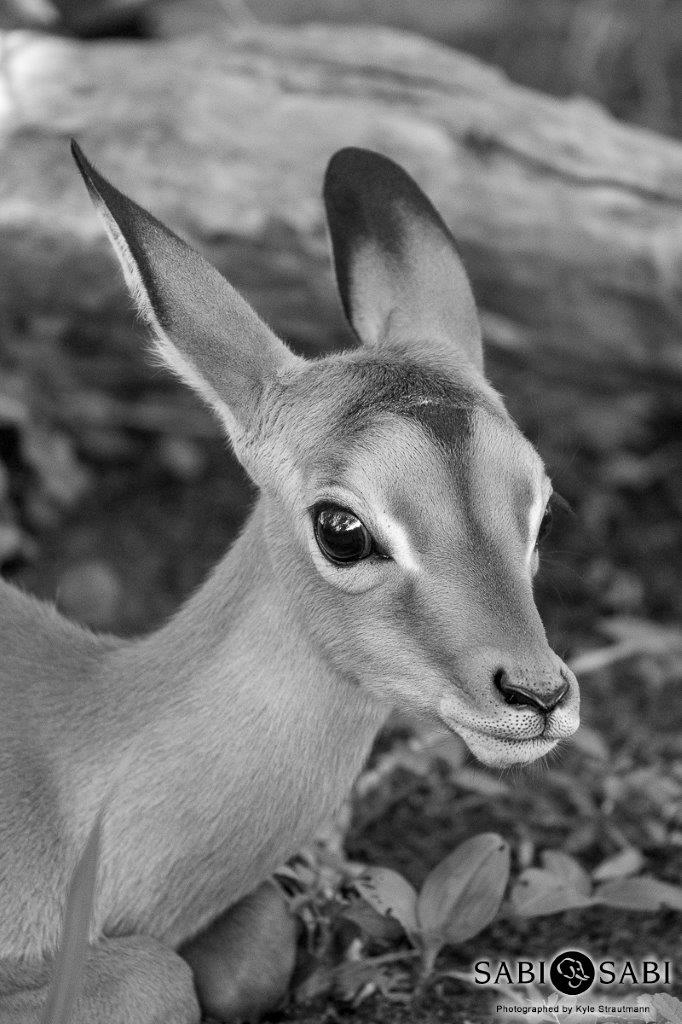The Incredible Impala
on Nov 13, 2017A blog dedicated to the most-seen animal in Sabi Sabi! What makes impala so successful? Why are there so many and what adaptations do they have to survive the challenges of their environment?

I couldn’t contain my excitement as I saw one of the first new-born impala lambs on Friday!! What a joyful sight! We stopped to take a look at an unusually solitary impala ewe, noticing that something is quite strange. She seemed to have “many” legs when we realized she was indeed not alone! This impala ewe had recently given birth to one of the first lambs of the season. She seemed to be more alert than usual as she incessantly kept scanning the surroundings before starting to groom her new-born.
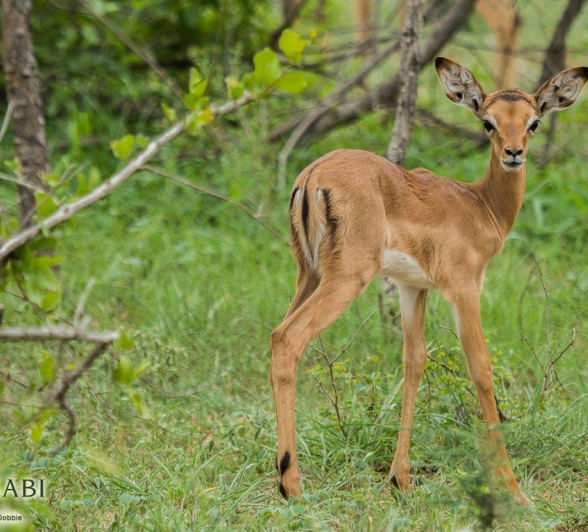
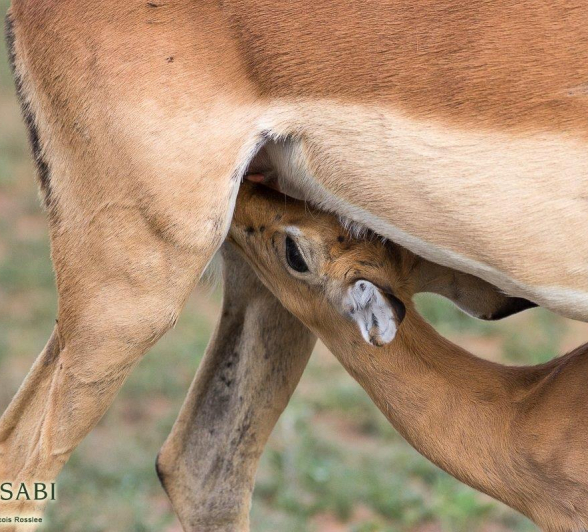
Grooming is essential for these animals as it serves a variety of functions. It not only removes parasites and keeps the animal clean, but also strengthens social bonds between these animals.
You might wonder how a young impala can recognise its mother between a large herd of females that look almost exactly the same? Because impala ewes groom and suckle their young, lambs can identify their mothers by scent. Impalas have taken grooming to another level as they have specially adapted lower incisors which fit loosely into the sockets. This means that when they groom themselves, their teeth splay open like a comb removing dirt and parasites more effectively. Allogrooming (or mutual grooming) is also practiced in order to remove parasites in hard to reach places like the head and the neck.
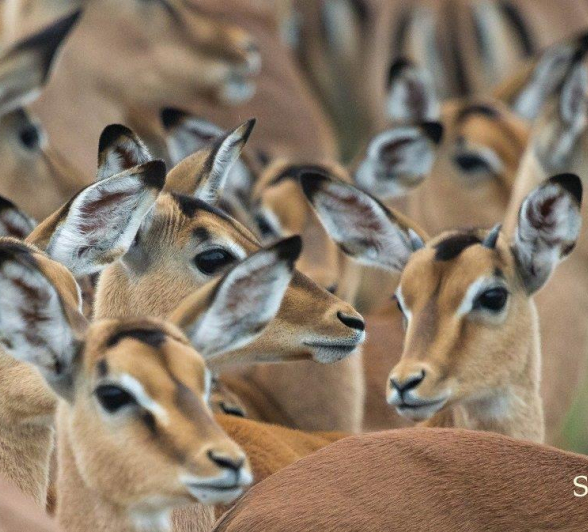
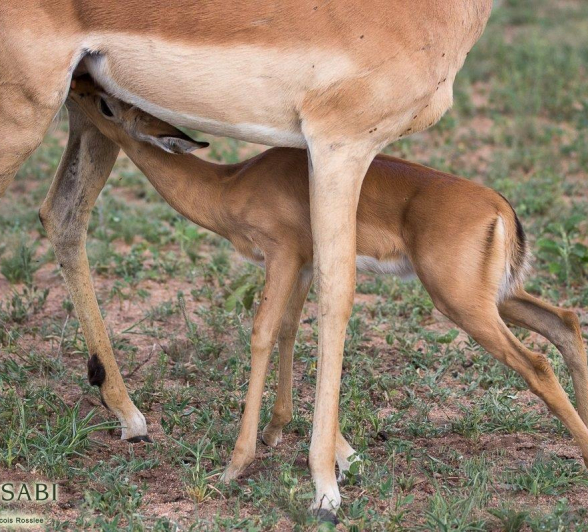
The adorable youngster stood up on its wobbly four feet and took its first steps into its vast new African home. A playground filled with adventure, obstacles, predators but also a lot of fun! It is always entertaining to watch impalas run back and forth and jump in over-exaggerated movements. These animals do this for enjoyment but more importantly to test their limits. The more they run and jump, the more they know what they are capable of. It stretches the ligaments and improves their muscle ability. It is also said that they perform these spectacles to show predators how agile they are and that it is simply not worth it to pursue such an “athletic” animal!
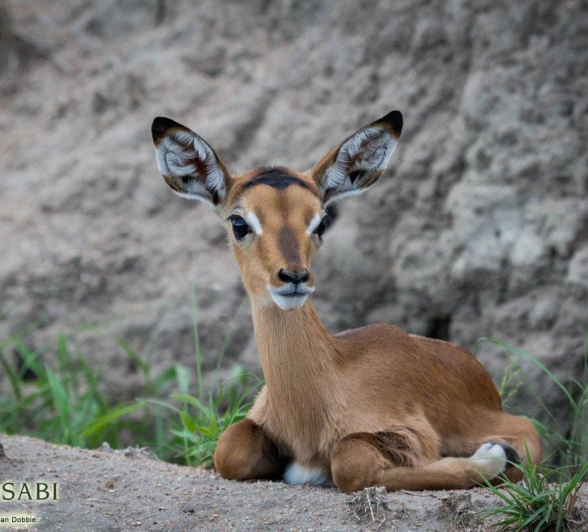
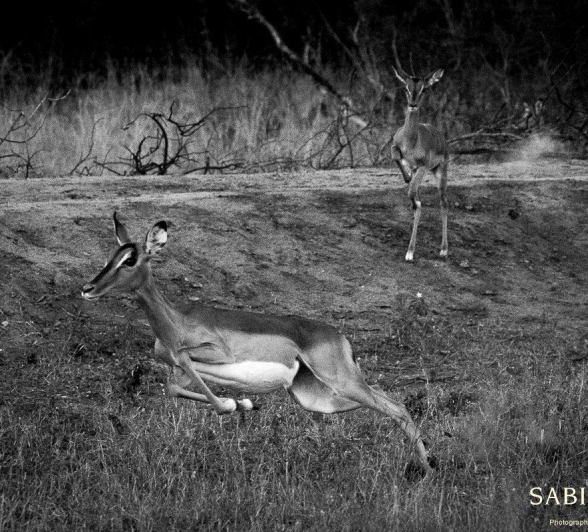
Being an impala has its benefits as well as its drawbacks. As they take those first steps into their wild world, there are many challenges that lie ahead. Predators in all shapes and sizes take advantage of the newly born impala. This is after all the stage at which they are the most vulnerable. From the sky to the ground and everything in between, these impala need to keep a keen eye out for all sorts of danger! Martial eagles, African rock pythons, cheetah, leopards, wild dogs, lions, jackals, crocodiles are among the enemies these impala must face.
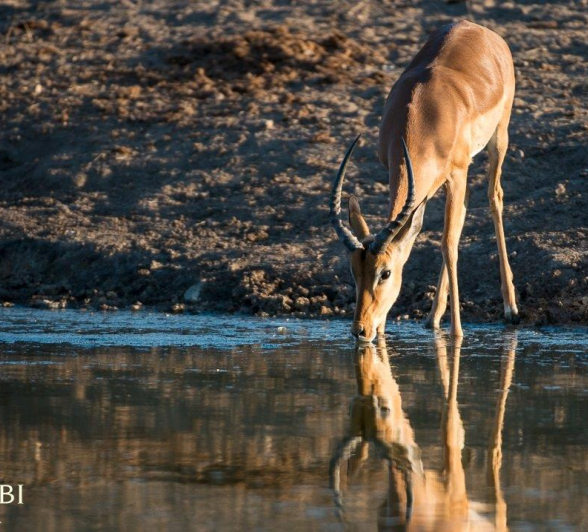

If there are so many predators, how are there still so many impala? The main reason is their style of breeding. Impala have a set rutting (breeding) season - another spectacle of the bush! Males noisily chase females around day and night in the month of May. They do this to keep females in their territories and away from rival males. Many rams can’t keep up with the challenges of the rutting season and do not have time to groom themselves. They are then susceptible to parasites and can lose condition quite rapidly. This is nature’s way of making sure the best genes survive as only the strongest males with have the chance to mate and will do so with as many females as possible. Because they breed in such a short space of time, they give birth in the same way 6 and a half months later. We can thus expect a “flood of the market” - full of impala lambs in the next couple of weeks! Thus, even though they are heavily predated on, not all of them can be eaten.
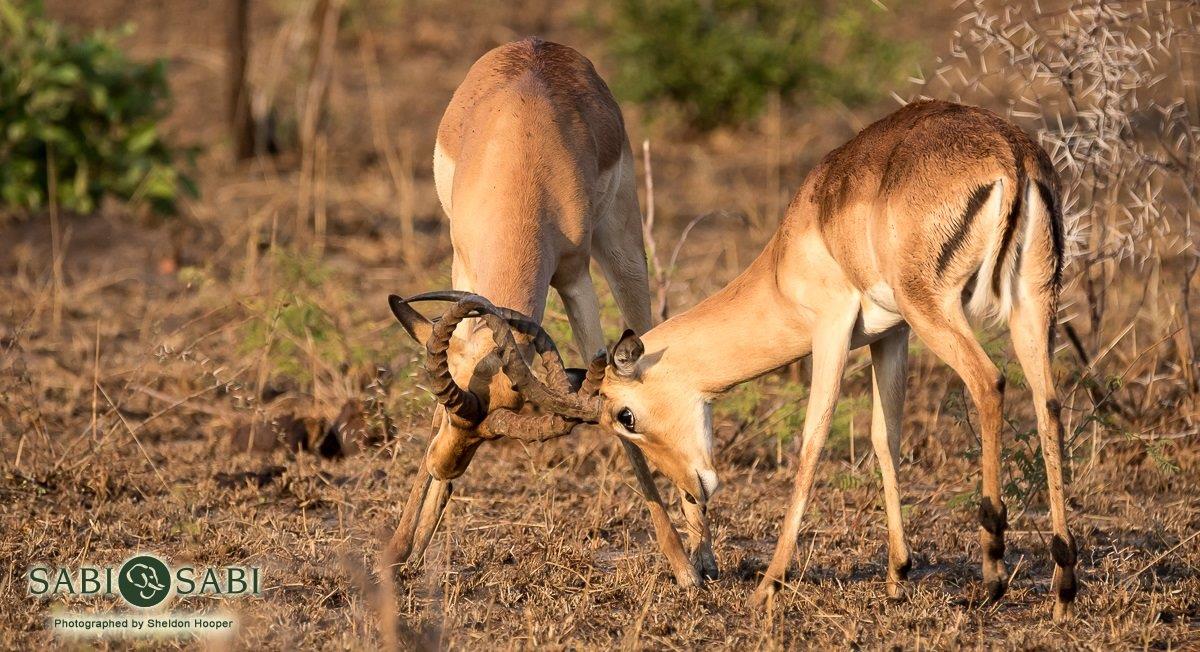
Another important benefit of being an impala is the fact that they are so adaptable. Their limits of tolerance are extensive. They live in an eco-tone, which means they move in between grassland and woodland. Thus, they are not restricted to a specific habitat such as the Klipspringer (which need rocky outcrops to survive). In theory, it means that impala have a wider distribution range - another reason why we see so many! Their habitat is linked to their diet. They are mixed feeders and eat grass, leaves, fruit and other types of vegetation. This means that they can adjust their diet based on the seasons. We have noticed that impala browse more in winter and graze in the summer months when grass is more nutritious. This is another big reason why they are so successful.
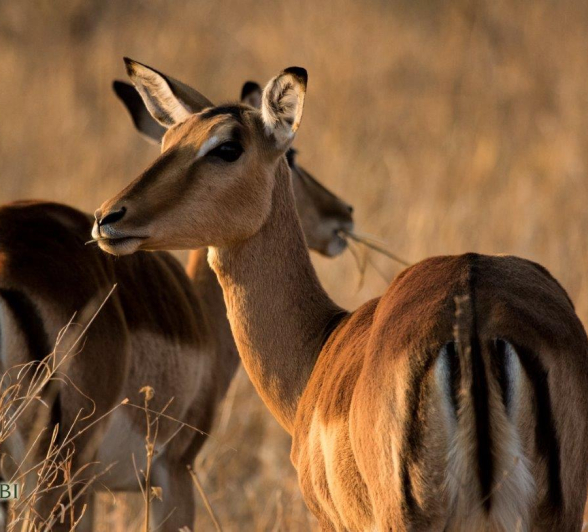

Not to mention their senses. Impala live in groups and as a result, there are many eyes and ears on the lookout for danger. A variety of other herbivores like to join impala as they forage through the fields. The reason being - the more eyes and ears the better! When impala see a predator, they alert others of danger by snorting loudly in an angry mob fashion. I have witnessed a herd of impala display mobbing behavior towards a leopard that was passing by. They started to alarm call and moved towards the leopard in a group. This lead to the predator quickly moving out of the area as his cover was clearly blown!
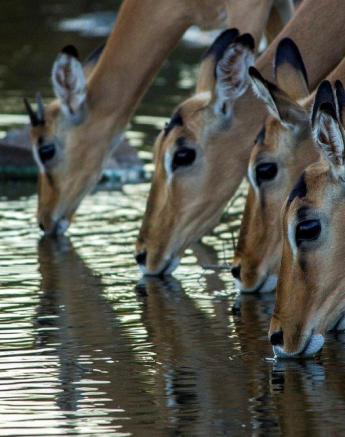
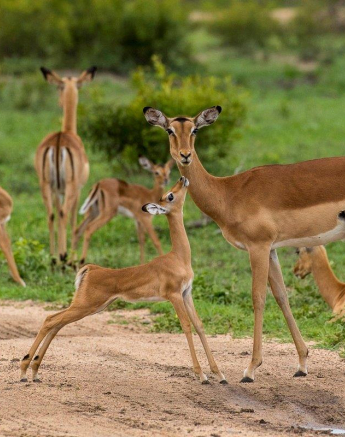
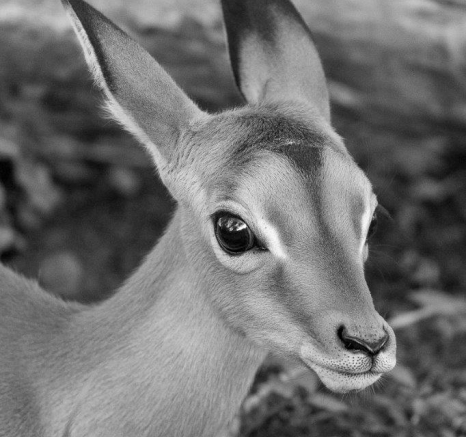
So next time you look at an impala, think of how incredible they actually are and how these animals have mastered the will to survive!
